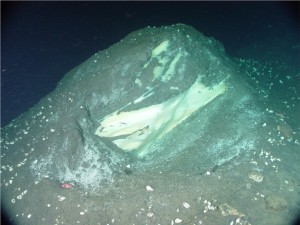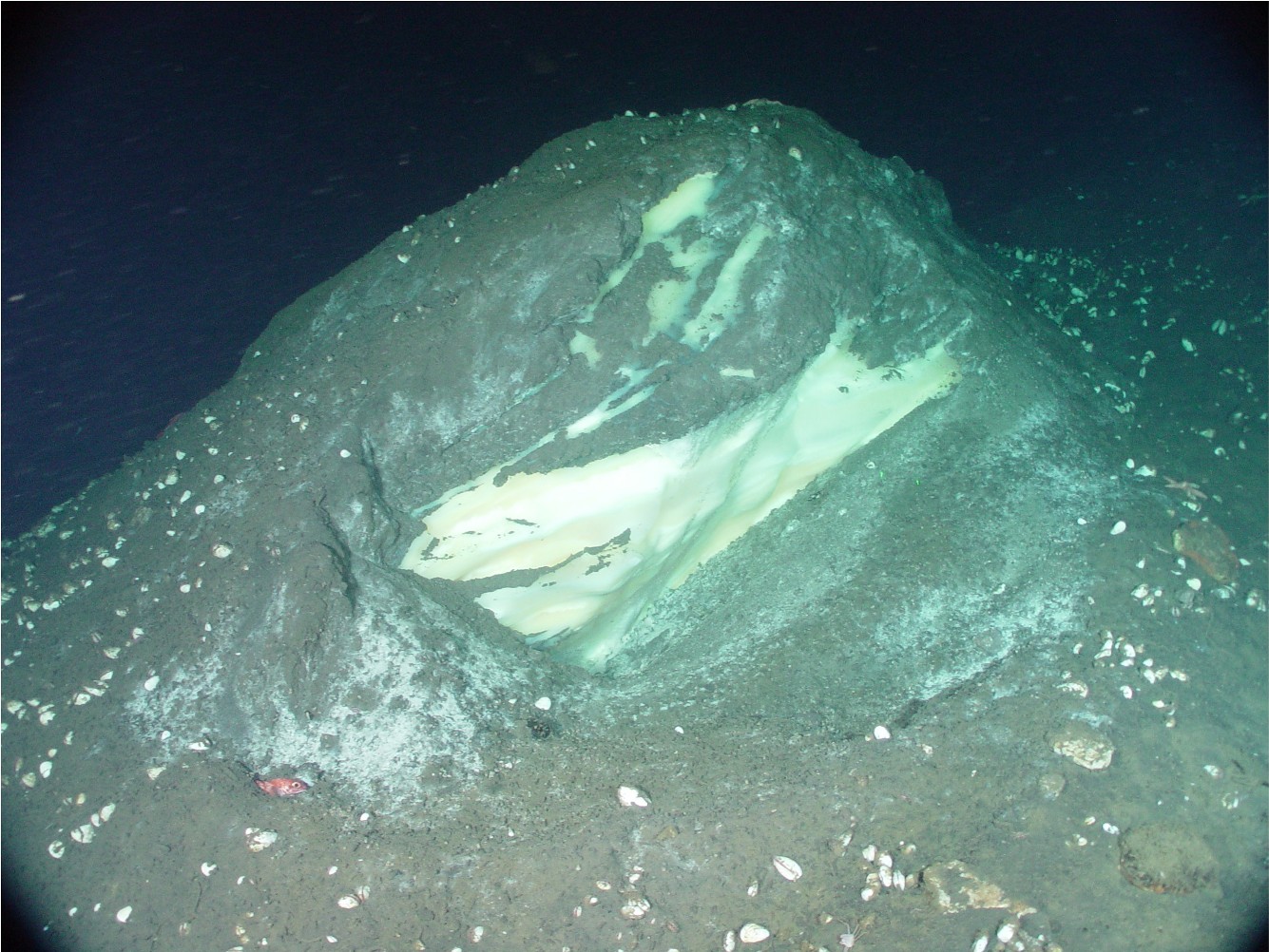There are four reasons for making this claim.
- Conservation in the Developed World is reducing demand even though growth in demand is occurring in the Developing World.
- We are discovering a lot more conventional fossil fuels by using new technology to add capacity.
- Hydraulic fractioning or fracking has expanded our ability to draw on natural gas and oil deposits previously untapped.
- We have yet to begin to look at development of gas hydrates and methane from ocean floor resources.
Conservation Is Working
In the year 2000 global oil consumption amounted to approximately 77 million barrels per day. In 2007 oil consumption peaked at just over 86 million barrels per day. In that year the United States, the world’s largest consumer was already seeing a flattening in oil consumption with 2005 the peak year at just under 21 million barrels. Today the U.S. consumes 18.8 million barrels per day, 2 million barrels below peak. In the same period China’s share of oil consumption has grown from 4.8 million barrels per day in 2000 to 9 million barrels per day in 2011, almost double.
The contrast between Developed and Developing Worlds would make you think that oil consumption continues to climb globally. But it is not. Since that 2007 peak oil usage has flatlined and declined slightly about an equivalent amount to the decline in American demand.
There are many reasons to explain the decline:
- The American economy entered a deep recession in 2007 and is still trying to climb out of it.
- Fuel economy improvements in automobile manufacturers’ products has lessened the consumption of gasoline and diesel.
- North American and European consumers have switched to other fossil fuels like natural gas and non-fossil fuel energy sources for home heating and cooling.
- The rising cost of gasoline in North America in particular has caused a decline in automobile use.
The chart below illustrates the annual demand growth rate for oil. The 1980 oil shock forms the left bookend with the recession beginning in 2007 forming the bookend on the right.

Conventional Reserves No Longer Has Meaning
Conventional used to be the word that described the way we viewed fossil fuel reserves. It meant oil and gas recovered from on-land and shallow offshore drilled wells. But today’s conventional is far different. Today we have a means to revisit old oil and natural gas and apply technology we didn’t have before to increase extraction. Why do we want to do this?
Oil experts estimate that 6.2 trillion barrels of the stuff remain trapped in existing oil fields. That number equals more than 6 times the amount of oil humans have extracted from the Earth in the last century and a half.
In the past we considered this oil to be unrecoverable. It didn’t pay to go back in when it was cheaper to drill and find new oil. But today we recognize the importance of deploying Enhanced Oil Recovery (EOR) technology to extract more from what were previously considered tapped out fields.
We have developed horizontal drilling technology to extend our reach into stratigraphy well beyond the area of the wellhead. And we are perfecting EOR injection technologies that include a wide range of different materials including:
- Salt water injections
- Slurry injections that combine salt water with polymers or surfactants
- CO2 and H2S gas injection
- Steam injection
- Microbial injections
In laboratory settings salt water flooding alone has shown yield recovery factors as high as 80%. In the field, however, recovery results are less dramatic although impressive. Chemical enhanced salt water slurries, like their counterparts in hydraulic fractioning processes can increase yields by as much as 15% over salt water alone. Surfactants are soap-like and when added to salt water have the potential to increase recovery rates by as much as 40%.
Usage of CO2 serves two purposes. H2S less so. Injecting CO2 gas into old oil deposits allows operators to concentrate the remaining oil in pockets to make it more easily recoverable. At the same time CO2 injections serve to sequester the carbon in the ground where in sandstone oil-bearing formations it combines with the rock to form limestone.
Steam flooding works best where old deposits of heavier oils remain. The steam generates sufficient heat to allow the more viscous oil to flow. Today steam injection is being used in the Oil Sands of Alberta and Saskatchewan as an alternative to surface mining techniques.
Microbial Enhanced Oil Recovery (MEOR) has been around for 70 years. It has an uneven record of success. What’s involved? Operators inject water with non0pathogenic bacteria normally found in petroleum reservoirs into a well site. The metabolic activity of the microbes, called bio catalysis, yields a variety of byproducts including alcohol, excreted gases, acids, surfactants and polymers. These byproducts change the physical properties of the oil making it more viscous so that it can be pumped to the surface. In Australia MEOR technology is being used to enhance secondary recovery rates by as much as 50%.
Hydraulic Fractioning
I have written about this technology in a recent blog. Hydraulic fractioning or fracking has been around for over 80 years. Although currently controversial it represents a renaissance in unconventional oil and natural gas recovery as well as an EOR technology to exploit for conventional oil deposits. Fracking can add reserves of up to 2.6 trillion barrels from oil shale deposits worldwide. When added to recoverable oil from conventional deposits that gives us reserves of close to 9 trillion barrels.
Gas Hydrates
Gas hydrates can be found on ocean floors and in deep lakes. They are also abundant in Arctic regions. A gas hydrate is a crystalline solid that looks like ordinary water ice and contains gas molecules. The most common gas hydrate contains methane. Gas hydrates are stable in water depths greater than 300 meters (approximately 1,000 feet). As a potential source of energy it represents more than double the amount of all known fossil fuel resources on Earth.

To safely extract the energy potential of gas hydrates requires the development of new fossil fuel mining and extraction techniques. Gas hydrates appear to be stable where they are. When removed, however, from their high pressure, low temperature environment they are inherently unstable. Without a way to prevent leakage upon extraction we will create an enormous environmental hazard. And leaking methane from gas hydrates may prove to be the least of our concerns. Geologists believe that gas hydrates stabilize the ocean floor. Drilling into them could destabilize vast areas of the sea bottom causing underwater landslides and tsunamis. An accident at a gas hydrate drilling site would make Deepwater Horizon look like a popgun in comparison.
Will we need to look at this energy source in the 21st century? Not likely considering the current potential represented by conventional sources and the additional resources that we can obtain from safe hydraulic fractioning technology.










Hello, I got a question here. Do you think that after all this extracting from under the floor, it can ocasionate or estimulate somehow earthquakes ? It seems pretty clear to me that removing something from a layer under us can result on a sort of movements. Cheers
I assume you are asking this in relation to extracting energy by mining gas hydrates on the ocean floor. Unlike deep water drilling for oil such as the exploration and extraction being done by Brazil in the South Atlantic, gas hydrates are usually not found under thousands of meters of cap rock. Brazil’s offshore oil fields lie under an enormous salt deposit that ensures the stability of the ocean floor. Gas hydrates often lie within a few meters of the ocean floor surface. Furthermore they tend to be close to where the continental plates ride over the ocean crust. These would be inherently unstable areas for any type of mining so the technology that needs to be developed has to take into consideration the geological formations in the vicinity of the gas hydrate deposits. Currently scientists and engineers express concern about the potential to cause underwater landslides. Landslides are not earthquakes but they can have as significant an impact on the water that lies above the zone in which they occur. That is why they can cause tsunamis.
Hydraulic fracturing and small earthquakes in proximity to the injection sites are correlated. Undersea hydraulic fracturing of oil shale deposits could cause earthquakes on the ocean floor. The likelihood of large displacement from such earthquakes is extremely small.